Latest News
Civilian Deaths Still High in Afghanistan: UN Report
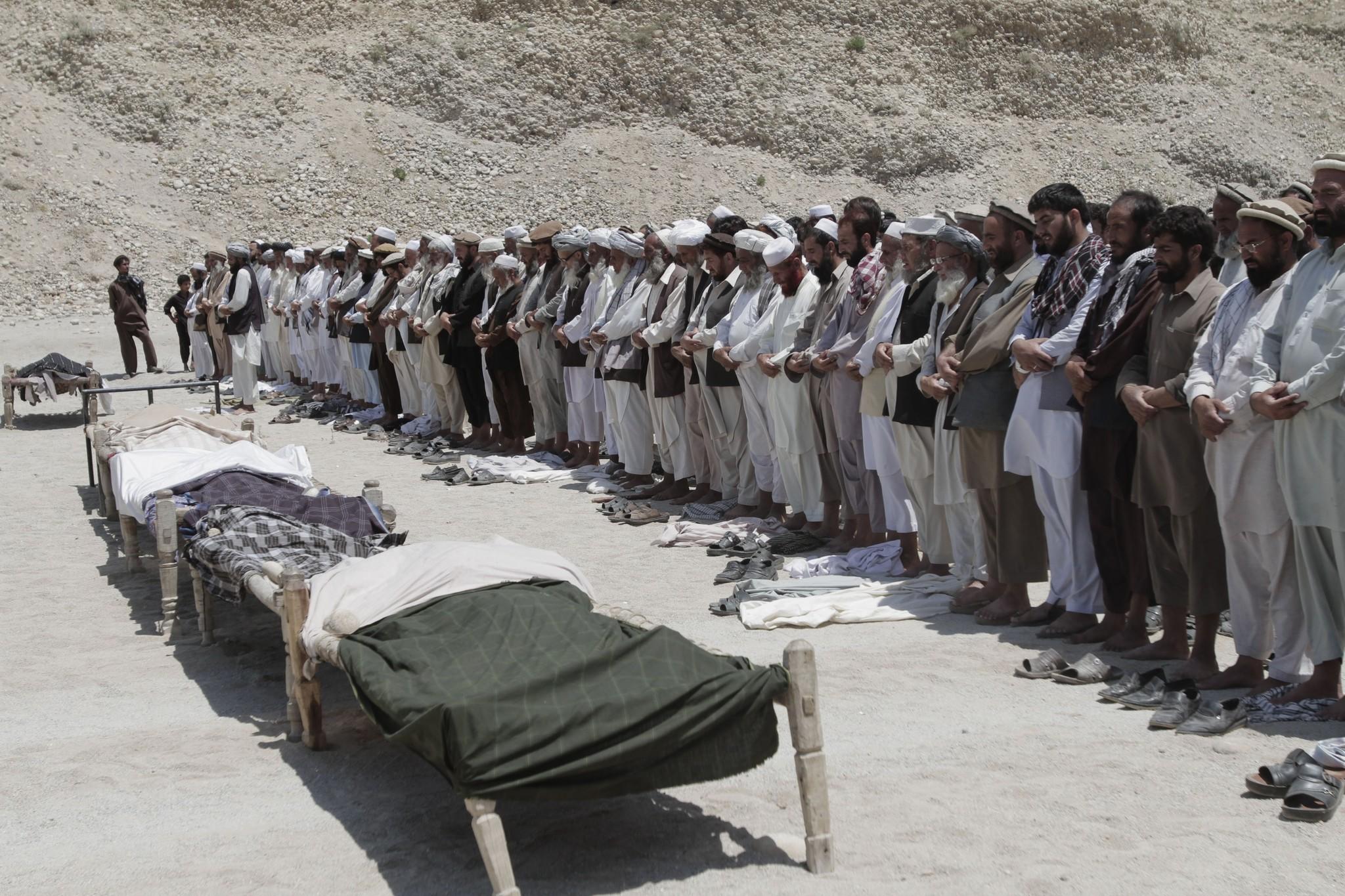
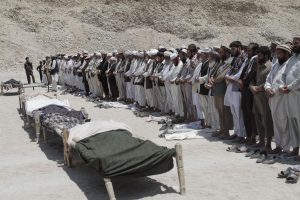 The number of civilians killed and injured in the Afghanistan conflict during the first six months of 2017 persisted at the same record high levels as last year, the United Nations mid-year report said.
The number of civilians killed and injured in the Afghanistan conflict during the first six months of 2017 persisted at the same record high levels as last year, the United Nations mid-year report said.
According to figures from the UN Assistance Mission in Afghanistan (UNAMA), a total of 1,662 civilian deaths were confirmed between 1 January and 30 June – an increase of two per cent on the same period last year.
“The human cost of this terrible conflict in Afghanistan – loss of life, destruction and immense suffering – is far too high,” said Tadamichi Yamamoto, the Secretary-General’s Special Representative for Afghanistan and head of UNAMA. “The continued use of indiscriminate, disproportionate and illegal improvised explosive devices is particularly appalling and must immediately stop.”
The reports highlights that 40 per cent of all civilian casualties during the six-month period were killed or injured by anti-government forces using improvised explosive devices (IEDs), such as suicide bombs and pressure-plate devices, which were responsible for the deaths of 596 civilians and injured 1,483.
These figures include civilian casualties from suicide and complex attacks -involving more than one perpetrator and two or more forms of weaponry, including suicide IEDs- which killed 259 civilians and injured 892, a 15 per cent increase on comparable figures for the first six months of 2016.
The report makes a series of recommendations, including calling on anti-government forces to stop targeting civilians and to enforce directives from the Taliban leadership calling for an end to such attacks.
Government forces are urged not to use weapons including mortars and rockets which could have a devastating impact in civilian populated areas, and to disband illegal militias and similar groups. The report also recommends ongoing support from international military forces to support and train the Afghan national army.
The report commends Afghan security forces for their continued efforts to reduce civilian casualties resulting from ground engagements, which represent the second leading cause of deaths and injuries. The figures demonstrate a 10 per cent reduction in civilian casualties from ground engagements the first six months of 2017 compared to the same period last year, with 434 confirmed deaths and 1,375 injuries. The decrease is attributed to a reduction in casualties caused by indirect and/or explosive weapons, mostly mortars, used by pro-government forces.
UNAMA attributed a total of 327 civilian deaths and 618 injuries to pro-government forces, a 21 per cent decrease compared with the same period last year, although UNAMA noted a 43 per cent rise in civilian casualties during aerial operations (95 deaths and 137 injuries).
Nineteen per cent of the casualties occurred in the capital, Kabul, as a result of suicide and complex attacks. Civilian casualties increased in 15 of Afghanistan’s 34 provinces, mainly due to increased attacks by anti-government forces. The highest numbers of casualties occurred in Kabul, Helmand, Kandahar, Nangarhar, Uruzgan, Faryab, Herat, Laghman, Kunduz and Farah provinces.
The UN report includes only incidents which have been confirmed after a thorough verification process. This strict documentation process, which requires multiple steps of confirmation in each case, means that the overall figures are probably conservative.

Latest News
Ghori State Cement in Baghlan increases production
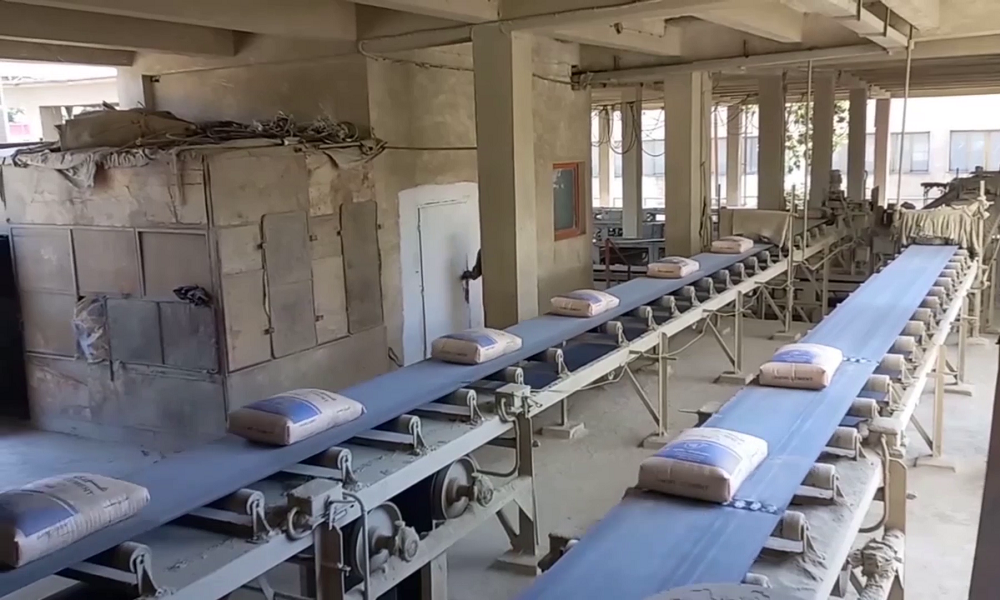
Officials at Ghori State Cement in Baghlan province say the amount of cement produced at this plant has increased compared to the past.
According to company officials, 150,000 tons of cement was produced in 1402 [solar year] and they are trying to increase the amount to 180,000 tons this year.
“Last year, we successfully produced 150,000 tons of cement and sold it to the market. Fortunately, in 1402, we had more than 200 million afghanis in revenue,” said Abdul Wakil Qayumi, financial and administrative deputy of the company.
The plant officials stated that efforts are underway to increase the production capacity, and with the increase of the production capacity, they will produce 1000 bags of cement per day.
“Currently, our four ovens are active, and we produce approximately 1,000 to 1,200 tons of cement in twenty-four hours,” said Mohammad Tahir, packaging manager for the company.
In this company, jobs are created for 750 individuals, and some workers have asked the traders to invest in the country and provide work for young people.
“Some more factories should be built in our country so that less foreign cement is imported into the country and we use our own products,” said one of the company workers.
Ghori Baghlan Cement Company was established about 40 years ago and is considered one of the largest cement production companies in Afghanistan.
The management of this company is carried out by the National Development Corporation (NDC).
Latest News
Regional countries should jointly expand stability and development: Deputy PM
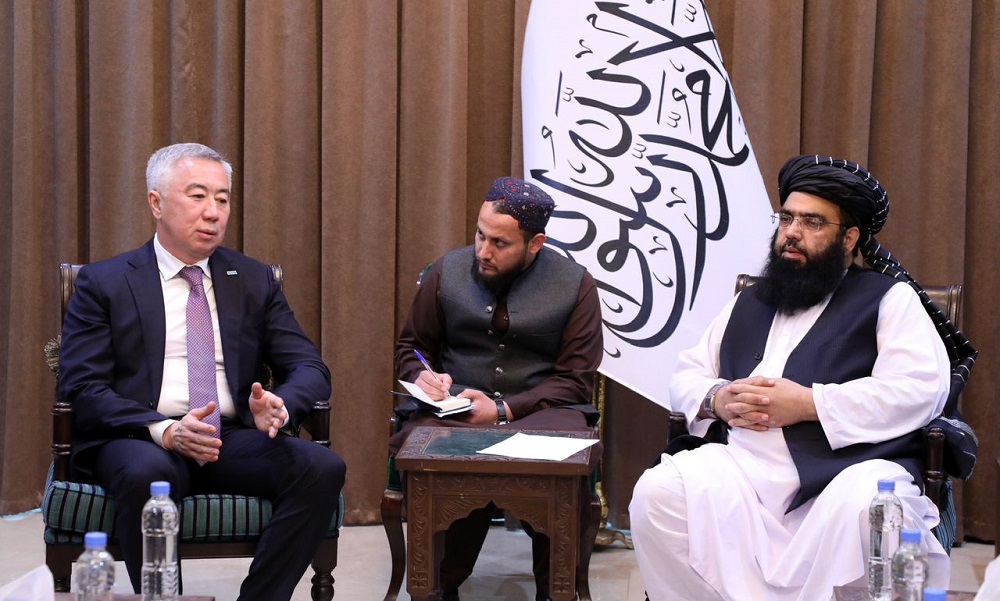
Mawlawi Abdul Kabir, Political Deputy Prime Minister, has said in a meeting with the Deputy Prime Minister of Kazakhstan in Kabul that regional countries should play their role in the implementation of large regional projects.
Kabir also invited Kazakh businessmen to invest in Afghanistan, his office said in a statement.
He added that the Islamic Emirate fully controls Afghanistan’s borders, has eliminated drugs and corruption, and restored national sovereignty.
According to the statement, Deputy Prime Minister of Kazakhstan Serik Zhumangarin appreciated the progress made by the Islamic Emirate in Afghanistan and said that his country is ready for long-term trade, transit and investment relations with Afghanistan.
Zhumangarin expressed his country’s readiness to grant scholarships to Afghan youth and added that Afghanistan is currently an example of a peaceful country in the region, and due to this, the world wants to establish relations with the Islamic Emirate in various fields.
He also called for the start of direct flights between Kabul and Almaty and said that his country is ready for bilateral cooperation with the Afghan government in the cultural field.
Latest News
Red Cross official seeks ‘staggered’ return of Afghan refugees from Pakistan
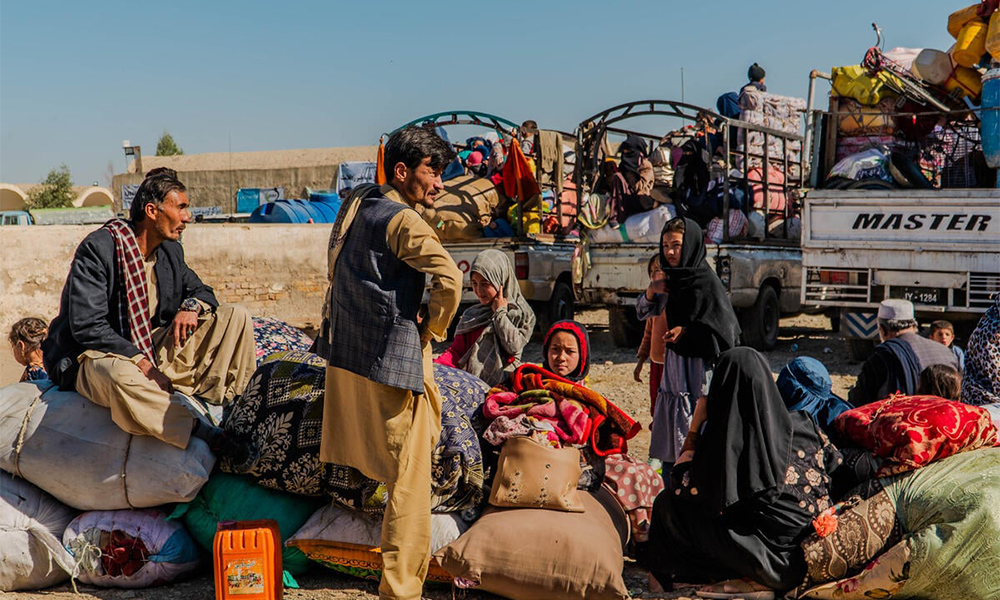
A senior Red Cross official has called for the return of Afghan refugees from Pakistan to occur “in a more staggered way” so Afghanistan can better absorb them.
“It will be important to work with the government of Pakistan in 2024 to ask that if there are going to be returnees,” that they arrive “in smaller numbers at a time just so it is more manageable on the Afghan side,” said Alexander Matheou, regional director, Asia Pacific Region for the International Federation of the Red Cross, Voice of America (VOA) reported on Saturday.
Speaking in the Qatari capital, Doha, Matheou told journalists on Friday the challenges facing Afghan returnees from Pakistan was one of several pressing issues he discussed with the officials of the Islamic Emirate in Kabul.
“You will be aware that over half a million have crossed the border over recent months, and it is likely that we will see large numbers of new arrivals in the coming months,” he said.
“I imagine this is probably the largest population flow in a short period of time in Asia since the population movement from Myanmar into Bangladesh in 2017,” he added. “So, it is a significant event.”
Since October, Pakistan has expelled more than 500,000 Afghan refugees who lacked proper documentation.
Matheou noted many of the returnees have lived in Pakistan for decades and are ill-equipped to begin a new life in a country that to them is unknown, without government or international support.
He described the returnees as being in generally poor health, especially the children, who account for nearly half of all returnees.
“The evidence of that was we visited clinics where they reported a real spike in cases of acute malnutrition coming from the arrivals from Pakistan.
“We visited routine immunization programs of the IFRC and the Afghan Red Crescent in the villages, and there it was clear looking at the children that as well as being anemic, you could see wasting and stunting among the children,” he said.
-
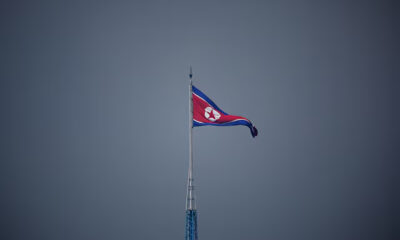
 World5 days ago
World5 days agoNorth Korea officials visit Iran in a rare public trip
-

 Sport5 days ago
Sport5 days ago‘Serious talent’ Fraser-McGurk bonds with Warner to light up IPL
-
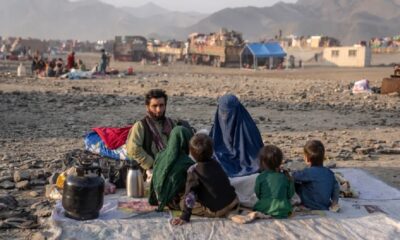
 Latest News4 days ago
Latest News4 days agoOver 1,000 Afghan refugees forced out of Pakistan in one day
-

 Sport2 days ago
Sport2 days agoAfghanistan beat Iraq 5-3, inch closer to Futsal World Cup berth
-
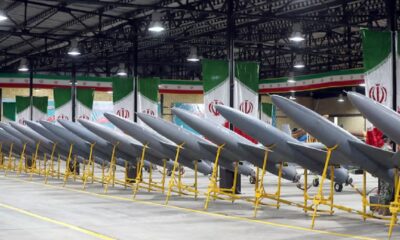
 Regional3 days ago
Regional3 days agoNew UK sanctions target Iranian drone industry
-
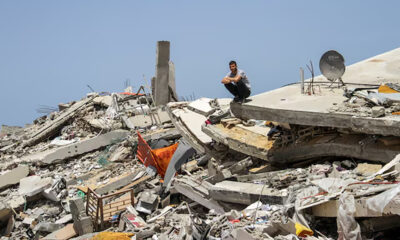
 Regional4 days ago
Regional4 days agoTurkey accuses U.S. of double standards over Gaza in rights report
-
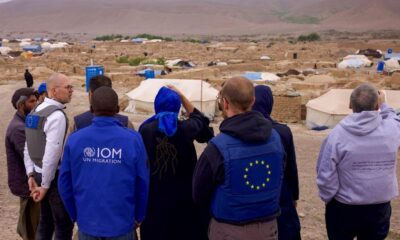
 Latest News3 days ago
Latest News3 days agoEU allocates 17 million euros to support Afghans on the move
-
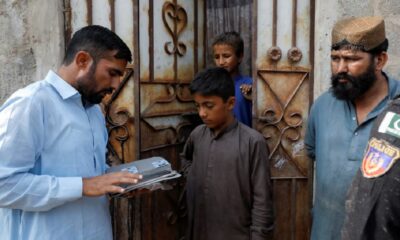
 Latest News2 days ago
Latest News2 days agoPakistan extends registered Afghan refugees’ stay till June 30














